Getting perfect resin mixing for vacuum infusion molding can make or break your composite project.
Whether you're creating carbon fiber parts or fiberglass components, proper resin preparation is the foundation of strong, void-free results.
This guide walks you through the essential steps that professional fabricators use, from calculating exact mixing ratios to mastering degassing techniques.
Learn how temperature, viscosity, and timing work together to create flawless infusions that deliver consistent, high-quality composite parts every time.
Quick Takeaways:
- Calculate resin needs: Use 60-80g resin per square meter of fabric
- Measure precisely: Use digital scales for exact mixing ratios
- Standard ratios: Most epoxy infusion resins use 100:30 resin to hardener
- Degas properly: 2-5 minutes in the vacuum chamber after mixing
- Control temperature: 20-25°C is ideal, warming reduces viscosity
- Mix thoroughly: 60+ seconds, scrape container sides
- Work quickly: Start infusion within the pot life window
📌Also Read: How To Mix Epoxy: Guide for Perfect Results Every Time
Understanding Vacuum Infusion Resin Requirements

Photo Source @https://composites.ugent.be/home_made_composites/documentation/FibreGlast_Vacuum_infusion_process.pdf
What Makes Infusion Resins Different
Vacuum infusion resins are different from the regular epoxy you might use for other projects. Think of them like water versus honey.
Regular epoxy is thick like honey, but infusion resins flow like water. This thin consistency is crucial because the resin needs to travel through tight fiber bundles under vacuum pressure.
Here's what makes infusion resins unique:
- Low viscosity: They flow easily at 200-500 centipoise (that's technical talk for "thin")
- Long pot life: You get more working time before they start to thicken
- No outgassing: They won't bubble or boil under vacuum conditions
Regular epoxy would be too thick to flow properly through carbon fiber or fiberglass. It would create dry spots and weak areas in your finished part.
How Much Resin Do You Actually Need?
Getting the right amount prevents waste and ensures your fabric gets completely wet. The basic rule is simple: use 60-80 grams of mixed resin for every square meter of fabric.
Here's how to calculate it:
Step 1: Take your fabric weight per square meter and divide by 1.5
Step 2: Add 700g per square meter for flow media (that's the mesh and peel ply)
Step 3: Add 100g extra for feed lines and your resin pot
Real example: You have a 0.5 square meter part with 200gsm carbon fiber
- Fabric needs: 200g ÷ 1.5 = 133g per square meter
- For 0.5 sq meter: 133g × 0.5 = 67g
- Flow media: 700g × 0.5 = 350g
- Feed lines: 100g
- Total needed: 517g of mixed resin
Always make 10-15% extra as a safety buffer. Running out of resin halfway through is a nightmare you want to avoid.
📌Also Read: How to Mix Resin with Hardener: A Guide for Beginners
Getting Your Mixing Ratios Right
Obtaining the correct mixing ratios is crucial to achieving successful vacuum infusion. Precise measurements ensure proper curing, optimal strength, and consistently professional results.
The Standard 100:30 Rule
Most infusion epoxy systems follow the 100:30 rule. That means for every 100 grams of resin, you add 30 grams of hardener. Some people consider this to be roughly 3 parts resin to 1 part hardener.
Here's the math made simple:
- Resin: 77% of your total mixture
- Hardener: 23% of your total mixture
Important: Never guess these ratios. Even small mistakes can ruin your entire part. Some systems use different ratios, such as 100:28 or 2:1 by volume, so always check your manufacturer's instructions.
Why Digital Scales Are Essential
Volume measurements (such as cups or spoons) are not suitable for mixing epoxy.
Resin and hardener have different densities, so a cup of each will not provide the correct ratio. You need a digital scale that measures in grams.
Here's the right way to measure:
- Zero your scale with the empty mixing container on it
- Add resin to the exact weight needed
- Zero again (this is called "taring")
- Add hardener to the precise weight specified
For big projects, use the double-pot method. Mix all the ingredients in one container, then transfer the mixture to a second, clean container and mix again.
This catches any unmixed material stuck to the sides of your first container.
📌Also Read: How to Mix Resin with Hardener: A Guide for Beginners
How Temperature Affects Everything
Temperature is like a volume control for resin viscosity. Warmer resin flows easier, but it also cures faster. Here's what happens:
- At 20°C: Perfect balance of flow and working time
- At 30°C: Flows better, but shorter pot life
- At 40-60°C: Flows like water but cures very quickly
Pro tip: For every 10°C increase in temperature, viscosity drops by 30-50%. This is huge for getting resin through tight weaves.
📌Also Read: How to Get the Epoxy Resin Mixing Ratio Just Right
Step-by-Step Resin Mixing Process
Before You Start Mixing
Don't rush this part. Good preparation prevents problems later:
- Check temperature: Everything should be 20-25°C
- Clean your tools: Use acetone or denatured alcohol
- Set up your infusion: Have everything ready before you mix
- Test your vacuum: Make sure you're pulling at least 99.9% vacuum
Once you mix resin and hardener, the clock starts ticking. There's no pause button.
The Actual Mixing Steps
Follow this sequence exactly:
- Step 1: Put your mixing container on the scale and zero it
- Step 2: Add resin to the exact weight needed
- Step 3: Zero the scale again with the resin in the container
- Step 4: Add hardener to the exact weight specified
- Step 5: Mix for at least 60 seconds with a flat mixing stick
- Step 6: Scrape the sides and bottom of the container
- Step 7: Mix for another 30 seconds until the color is completely uniform
Mixing technique matters: Use a folding motion like you're mixing cake batter, not a whipping motion that creates bubbles.
How to Know When It's Mixed Right
Properly mixed resin looks completely uniform. No streaks, no color variations, no swirls. Hold it up to good light and look from different angles. Any inconsistency indicates that more mixing is required.
Red flags to watch for:
- Metallic streaks (unmixed hardener)
- Color variations
- Thick and thin areas
- Cloudy spots
If you see any of these, keep mixing. Don't try to save time here because unmixed resin creates weak spots that can't be fixed later.
Degassing: Getting the Bubbles Out
When You Need to Degas
Mixing always introduces some air bubbles. For most projects, these small bubbles aren't a big deal because the vacuum will pull them out during infusion. But for critical parts or thick sections, degassing is essential.
You should definitely degas if:
- Your part has thick sections over 6mm
- You need aerospace or medical quality
- You're working with expensive materials
- The part will see high stress loads
Setting Up Your Degassing Equipment
You need a vacuum chamber that's at least twice the size of your resin volume. When you apply a vacuum, the resin will foam up dramatically before settling down. If your chamber is too small, you'll have a messy overflow.
Equipment checklist:
- Vacuum chamber (clear top so you can see what's happening)
- Vacuum pump (needs to pull 29+ inches Hg)
- Release agent inside the chamber (in case of spills)
The Degassing Process
This is actually pretty cool to watch:
- Pour mixed resin into your degassing chamber
- Slowly apply vacuum (don't go full vacuum immediately)
- Watch the resin foam up like a volcano
- Wait for it to collapse back down
- Continue until no new bubbles appear for 30 seconds
The whole process takes 2-5 minutes for most resins. If bubbling continues after 5 minutes, your vacuum might be too strong and you're actually boiling the resin.
Shop Related Product:
|
|
Resiners® AirLess Pro Resin Bubble Remover Machine Eliminate 99.99% of bubbles in ∼3 minutes with the award-winning Resiners® AirLess Pro. Featuring a 66.7% faster suction speed (20L/min) and an advanced 99kPa vacuum system, this machine is essential for professional resin artists and workshops. The increased 3.2L capacity maximizes productivity, handling up to 27.05oz per cycle. Use the Intelligent LED Touch Screen and Three Smart Timing Modes (5, 10, 15 minutes) for precise, low-noise operation on all viscosities (epoxy, silicone, etc.). The durable, high-strength PC body ensures superior, leak-proof performance. ⭐⭐ Upgrade your craft. Shop the AirLess Pro now! ⭐⭐
|
What Properly Degassed Resin Looks Like
Good degassed resin is crystal clear with a mirror-smooth surface. No foam, no bubbles breaking the surface, no haze. It should look like glass.
Don't over-degas. Some resins contain volatile components that aid in curing. Pull those out, and you might have cured problems.
Temperature and Flow Control
Finding the Sweet Spot
Most infusion resins work best at room temperature (20-25°C). This gives you the best balance of flow and working time. But sometimes you need to adjust:
When to warm your resin:
- Thick fabrics that are hard to wet out
- Cold shop conditions
- Very viscous resin systems
- Large parts that take time to infuse
When to keep it cool:
- Hot weather conditions
- Fast-curing systems
- When you need maximum working time
Safe Warming Methods
Never use direct heat like a heat gun or torch. These create hot spots that can start curing reactions. Safe methods include:
- Water bath: Heat water to 40°C, place sealed resin containers in it
- Warming cabinet: Like a food warmer, set to 40-50°C
- Heated mold: Pre-warm your mold to help resin flow
Temperature limits: Most resins shouldn't go over 60°C before mixing or they'll cure too fast.
Managing Working Time
You're always fighting the clock with mixed epoxy. Here are strategies to buy more time:
- For small parts: Mix once and work quickly
- For large parts: Mix multiple smaller batches
- For complex shapes: Pre-warm resin to improve flow, but work in smaller batches
- For thick parts: Keep everything cool to maximize pot life
Track your resin's viscosity as you work. Start infusion while it still flows easily, before it starts to thicken noticeably.
Quality Control and Testing of Resin Mixing Guide for Vacuum Infusion
Visual Inspection
A well-mixed resin should appear flawless under good lighting. Set up bright, even lighting and examine your mix from multiple angles.
Look for:
Good signs ✅:
-
- Completely uniform color
- Smooth, consistent texture
- No visible streaks or variations
- Clear appearance (not cloudy)
Bad signs ❌:
-
- Any color streaks
- Thick and thin areas
- Metallic shimmers (unmixed hardener)
- Cloudy or hazy appearance
Simple Quality Tests
Before you commit to a full infusion, do a quick test:
- Pour a small sample onto a clean surface
- Watch how it cures over the next few hours
- Check for soft spots or discoloration
- Verify it reaches full hardness
This test detects mixing problems before they damage your expensive fabric and waste your time.
Tracking Your Results
Keep a simple log book with:
- Resin batch numbers and dates
- Mixing ratios used
- Temperatures during mixing and infusion
- Pot life observed
- Final part quality notes
This data helps you improve your process and catch problems early.
Common Problems and Solutions
Incomplete Mixing Issues
Problem: Soft spots or discolored areas in cured parts
Cause: Unmixed resin or hardener pockets
Solution: Use the double-pot method and scrape thoroughly
Prevention tips:
- Mix for a full 60 seconds minimum
- Scrape sides and bottom multiple times
- Use proper lighting to check color uniformity
- When in doubt, mix longer
Too Many Bubbles
Problem: Excessive air bubbles in mixed resin
Cause: Aggressive mixing technique
Solution: Mix with folding motions, not whipping
Better mixing technique:
- Use a flat mixing stick
- Fold resin over itself
- Avoid lifting the stick out of the resin
- Mix steadily but not aggressively
Wrong Mixing Ratios
Problem: Resin won't cure properly or stays soft
Cause: Incorrect resin-to-hardener ratio
Solution: Always use digital scales and double-check measurements
Prevention:
- Calibrate your scale regularly
- Keep detailed records
- Never estimate ratios
- When unsure, throw it out and start over
Advanced Tips for Pro Results
Batch Size Strategy
Mix only what you can use within the pot life. Large batches generate heat and cure faster due to the "mass effect." For complex infusions:
- Simple parts: One batch is fine
- Large parts: Multiple smaller batches
- Complex shapes: Pre-plan your batching strategy
Multi-Stage Mixing
For critical applications, try this pro technique:
- Initial mix: Combine components for 30 seconds
- Rest period: Let it sit for 1-2 minutes (bubbles rise naturally)
- Final mix: Mix again for 30 seconds
- Degas if needed: Shorter degassing time required
Flow Monitoring
Track how much resin you actually use. This helps you:
- Plan better batch sizes
- Reduce waste
- Improve cost estimates
- Identify process improvements
Use graduated mixing containers so you can see consumption rates in real-time.
Conclusion
Mastering resin mixing for vacuum infusion takes practice, but the fundamentals are straightforward.
Focus on precise measurements, thorough mixing, proper temperature control, and good safety practices. These basics will give you consistent, professional results.
Remember that every step matters. Cutting corners on mixing usually shows up as problems in your finished part. Take the time to do it right, and your composite parts will be stronger and more reliable.
The most important lesson is this: when in doubt, throw it out and start over. The cost of materials is always less than the cost of a failed part or redoing the work.
Ready to upgrade your vacuum infusion setup?
Check out these essential collections:
- Resin Curing Machines - Professional curing equipment for consistent results
- Premium Epoxy Resins - High-quality infusion resins for demanding applications
- Airless Bubble Removal Machines - Advanced degassing solutions for void-free parts
- Complete Resin Kits - Everything you need to start professional infusion work
FAQs: Vacuum Infusion Resin Mixing
What is the process of vacuum infusion of resin?
Vacuum infusion pulls resin through dry fabric using vacuum pressure to create a strong, even laminate. You lay the fabric in the mold, add peel ply and flow media, then seal it with a vacuum bag and lines. After a leak test, you mix resin, open the inlet, and let the vacuum draw resin across the part until fully wet out. Close the inlet, keep vacuum on while it gels, then cure as the datasheet says.
How to calculate resin for infusion?
Start with the dry fabric weight and plan a resin-to-fiber ratio of about 35 to 45 percent by weight for infusion. A quick rule is resin needed equals dry fabric weight times 0.35 to 0.45, plus 10 to 20 percent extra for lines, flow media, and waste. For thick parts, also add the core and fabrics’ pore space if used. Always check your resin’s density and the laminate schedule to refine the estimate.
What is the process of resin infusion molding?
Resin infusion molding is a closed-bag method where vacuum moves low-viscosity resin through stacked dry fabrics. Build the stack, add peel ply and flow media, place spiral inlets and an outlet, then vacuum bag and leak test to at least 28 to 29 inHg. Start the resin feed and watch the flow front until the part is fully wet. Clamp the inlet, keep vacuum on during gel, then cure and demold.
How to make a vacuum infusion?
Prepare the mold with release, place dry fabric, and add peel ply, flow media, and spiral wrap for resin flow. Bag the part with sealant tape, attach vacuum and resin lines, and perform a 10 to 15 minute leak test at high vacuum. Mix resin carefully, open the feed, and let vacuum draw resin until there are no dry spots. Clamp the feed, hold vacuum during gel, and follow the cure schedule.
What temperature works best for mixing and infusion?
Most epoxies infuse best when the resin and mold are around 22 to 27°C. Slightly warming the resin to about 25 to 30°C lowers the thickness so it flows better, but avoid overheating to prevent fast gel and bubbles. Maintain a steady temperature in the shop and limit humidity to prevent moisture issues. Always follow the resin maker’s exact limits for mix, gel, and cure.
What makes infusion resin different from regular epoxy?
Infusion resin is made to be thinner, so it flows easily under vacuum and wets fabric fast. It usually has longer working time and lower heat buildup, which helps with large parts. Many also cure clearer and trap fewer bubbles when used with proper degassing and vacuum. After full cure, strength can match standard laminating epoxies when used as directed.

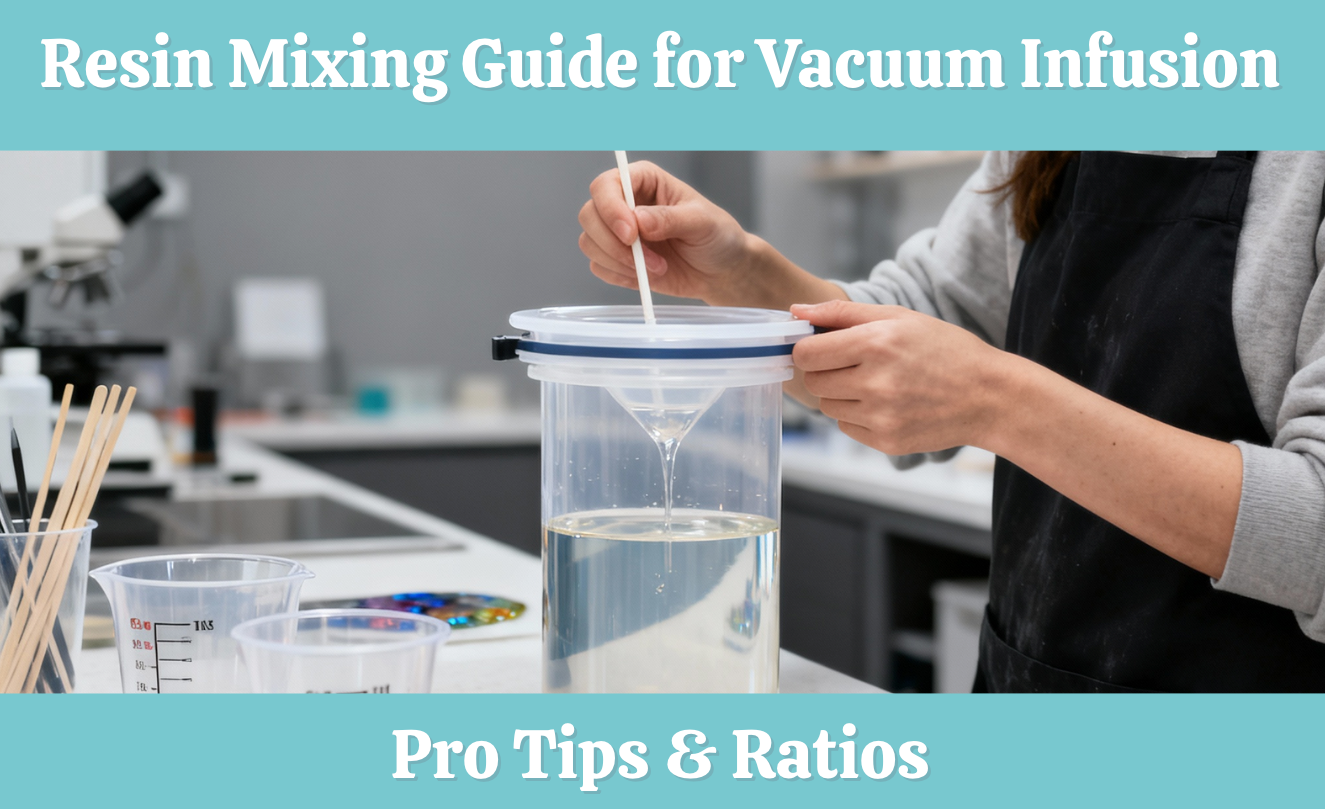

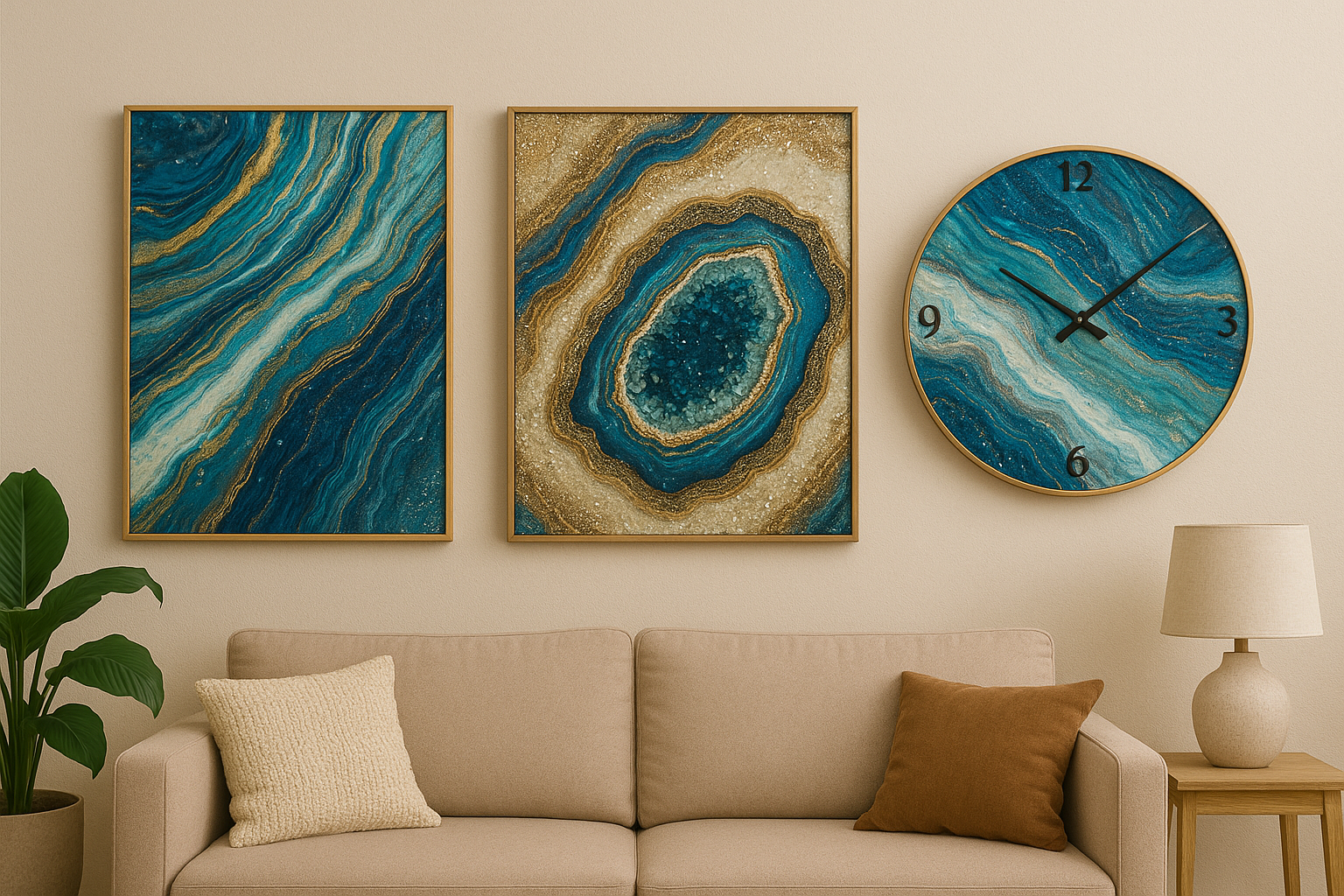



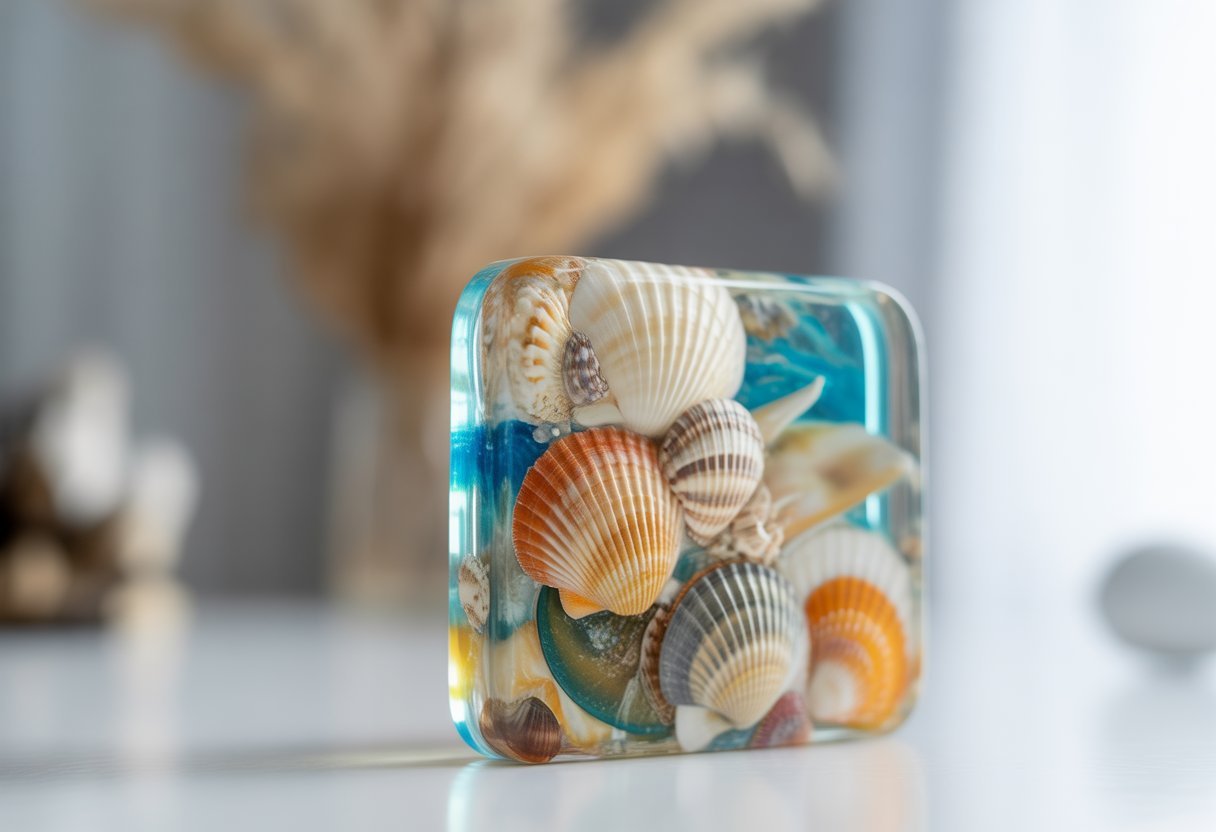

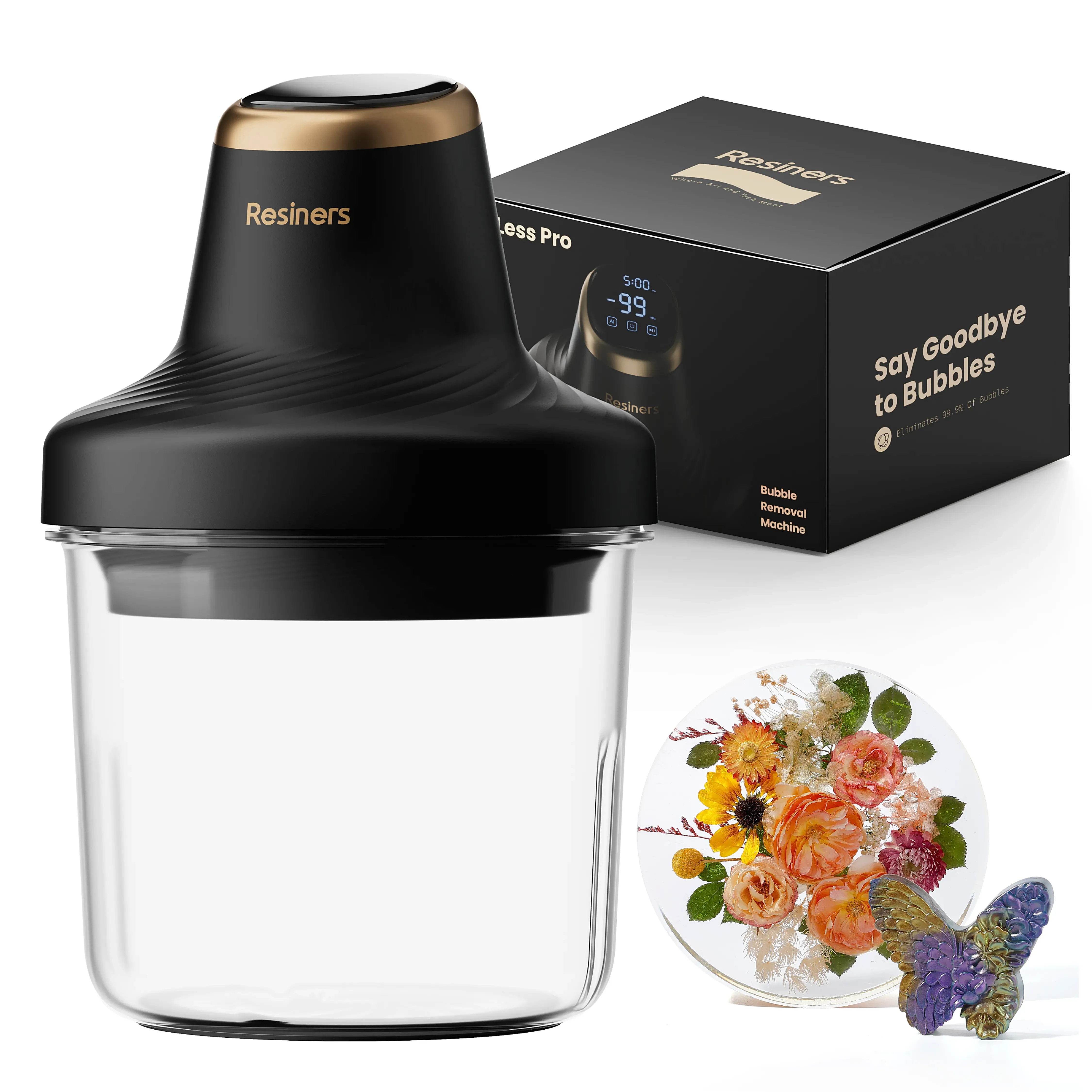
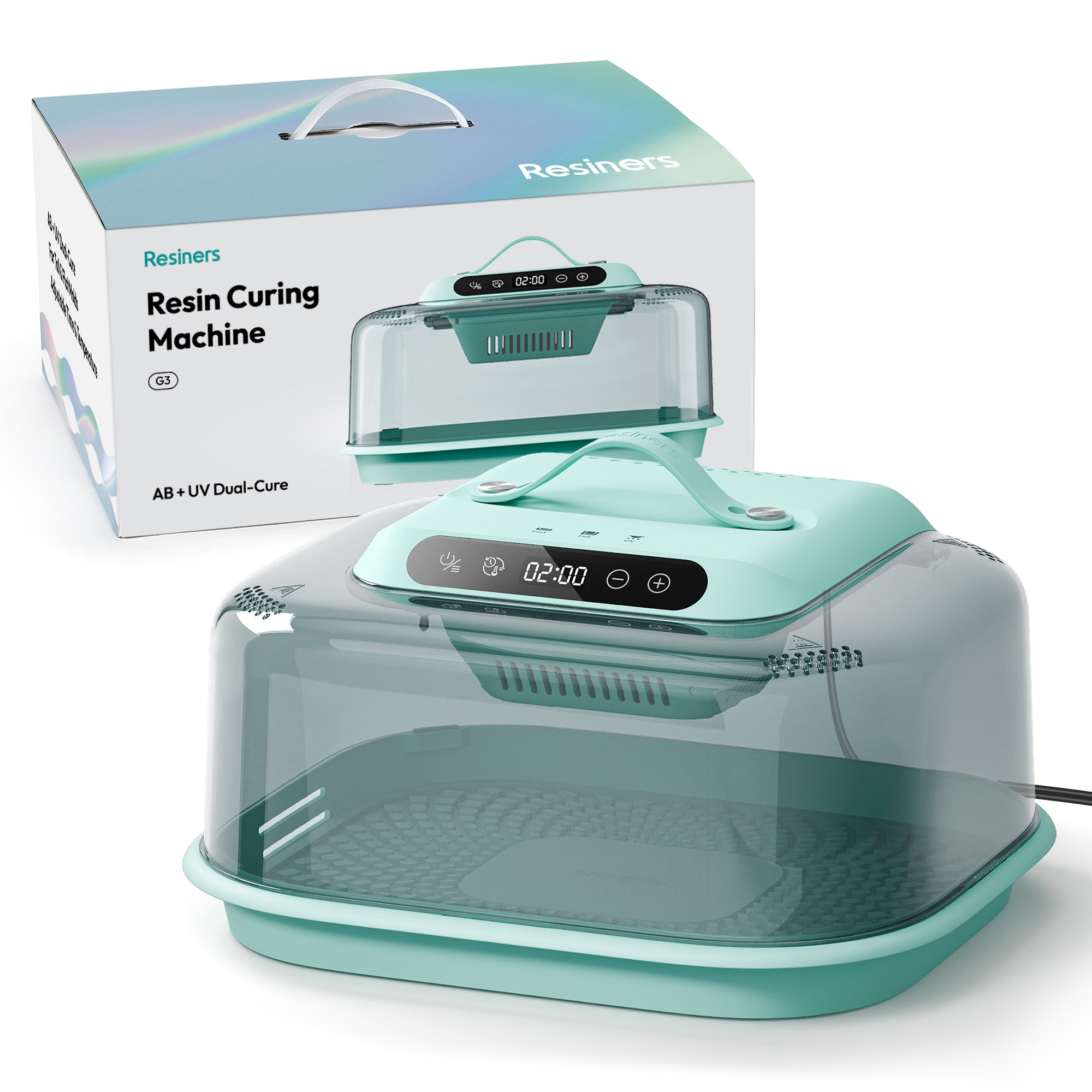


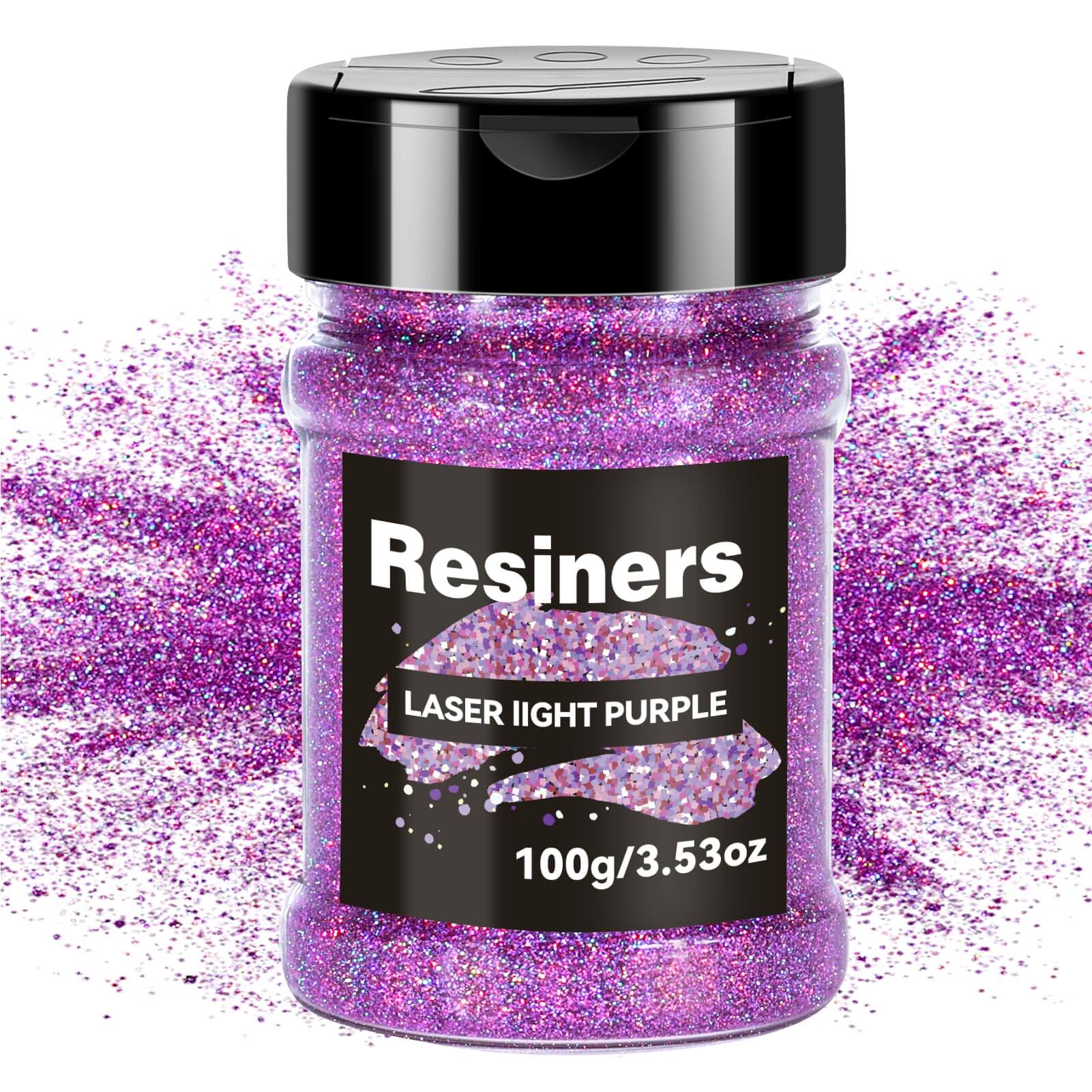
Hinterlasse einen Kommentar
Diese Website ist durch hCaptcha geschützt und es gelten die allgemeinen Geschäftsbedingungen und Datenschutzbestimmungen von hCaptcha.